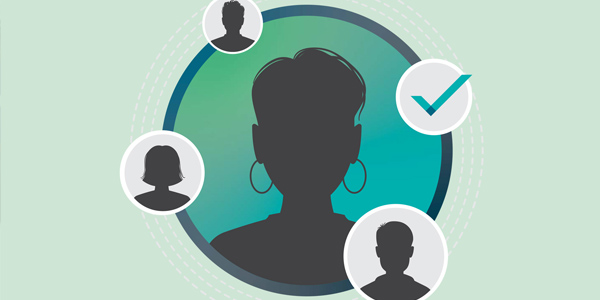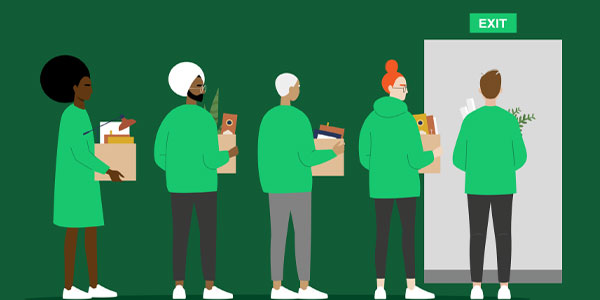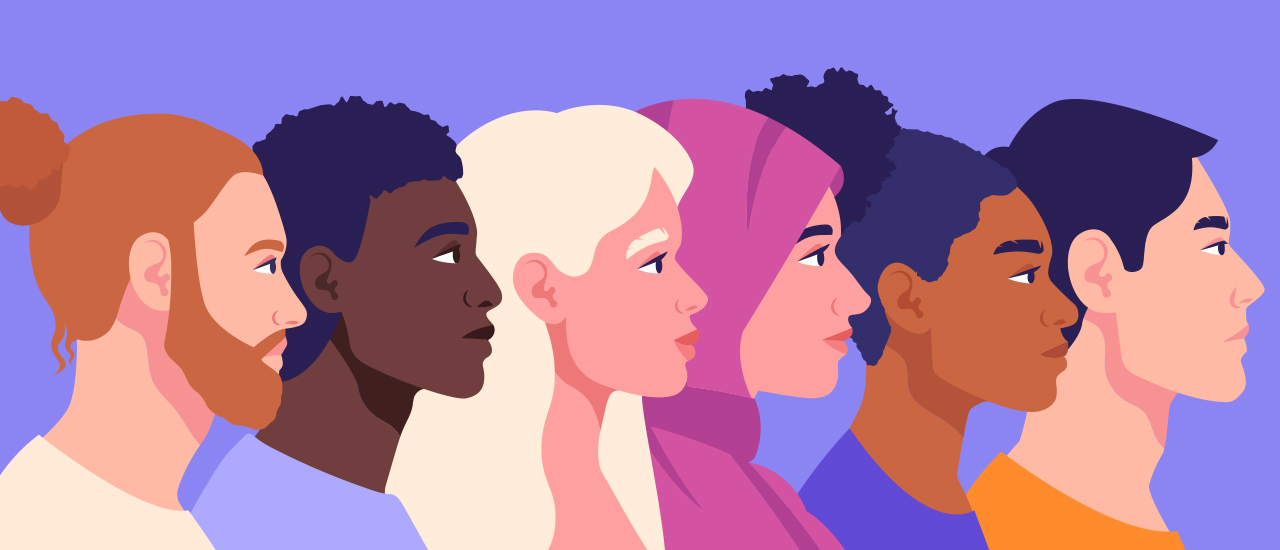Diversity and inclusion in the work place is a sensitive issue. Not only that, it’s an evolving one.
The processes used by many organizations are inherently flawed – they are outdated and simply don’t work. Some still hire to fill a diversity “quota”, and then train current employees in diversity sensitivity. These policies tend to fail because they are limited in their scope – Band-Aid solutions that lack a true understanding of what makes a work environment one of inclusion and acceptance.
After researching many employee engagement and satisfaction surveys, it’s clear to see that EVERY employee wants to feel secure, supported, accepted and included. So, what if you were to start developing a culture that reflects this total sense of belonging among your current workforce? Then it would naturally extend to new employees in the same way.
To achieve a culture of acceptance within an organization, it takes a lot more than, but definitely includes:
- establishing corporate goals,
- instituting non-bias hiring strategies, and
- making certain every employee knows and understands the diversity policies of the organization.
Leaders often have to start by addressing their own biases, both real and unconscious. They need to learn how to really listen and how to ask open-ended questions. Understanding other cultures, religions, and practices can help them to know how to make others feel accepted and included. Along the way, they will need to have brave conversations, to help staff see the humanity in everyone, to respectfully challenge harmful jokes and language, and eventually be able to move from equality to equity.
Like any organizational change, creating a diverse culture is a long and complicated process. If you think you can run a quick training session, then tick off the box and call it done, you’ll be disappointed. Changing your culture to one of belonging and inclusion takes time, a lot of energy, and education.
It’s time to start teaching managers and leaders how to accept and recognize unique talents and accomplishments in all staff, and how to create a positive environment of respect. With this attitude and skill development they too should be better able to integrate staff from different backgrounds, and persuasions. Then maybe diversity in your organization will have a chance for success.
Dale
WATMEC’s new Live Virtual Learning Series, Building Cultures of Belonging, has been created to empower teams to recognize unconscious bias, and then think beyond it to create a work culture of belonging.
About Dale
Dale Wilcox is co-owner of WATMEC. Dale is a respected board member, former volunteer of the year, and inaugural Chair of the Canadian Society for Training and Development.




